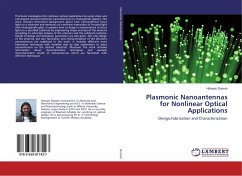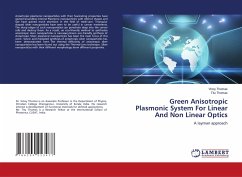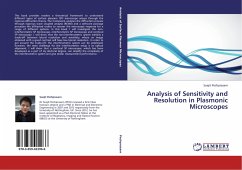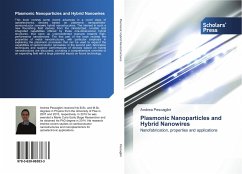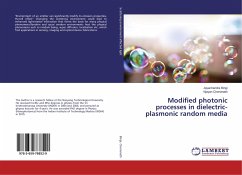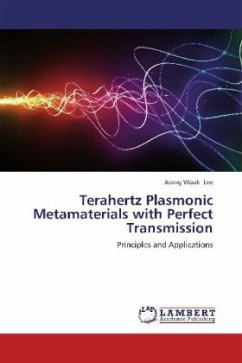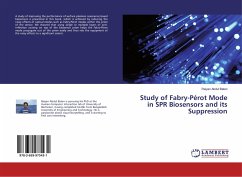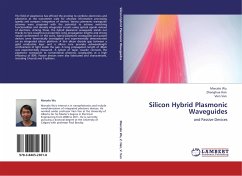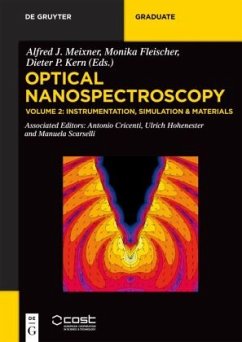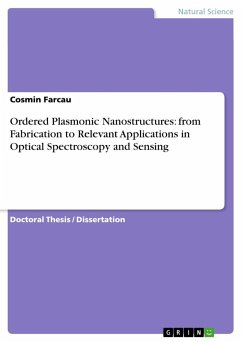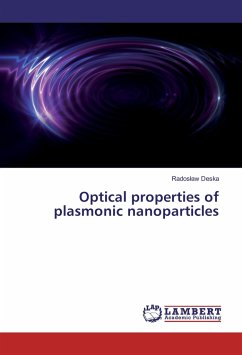
Optical properties of plasmonic nanoparticles
Versandkostenfrei!
Versandfertig in 6-10 Tagen
24,99 €
inkl. MwSt.

PAYBACK Punkte
12 °P sammeln!
In the first part of this work, it has been spoken of quantum-relativistic effects due to interband transitions. Quantum theory allows one to distinguish between intraband free electrons transitions and d-electron transitions from fully occupied d-band to sp-type conduction band. Thorough measurements allow one to give the exact photon energy value needed for interband transition [Johnson and Christy 1972: 4370]. The necessity of introducing corrections for these effects is the reason why in this work Johnson's and Christy's results are used, which provide better agreement with reality (see. c...
In the first part of this work, it has been spoken of quantum-relativistic effects due to interband transitions. Quantum theory allows one to distinguish between intraband free electrons transitions and d-electron transitions from fully occupied d-band to sp-type conduction band. Thorough measurements allow one to give the exact photon energy value needed for interband transition [Johnson and Christy 1972: 4370]. The necessity of introducing corrections for these effects is the reason why in this work Johnson's and Christy's results are used, which provide better agreement with reality (see. chapter 1.1.3), instead of Drude model. Optical properties of near and far field for gold nanorods have been obtained numerically with finite element method (FEM) in frequency domain with COMSOL Multiphysics 4.3a software.



